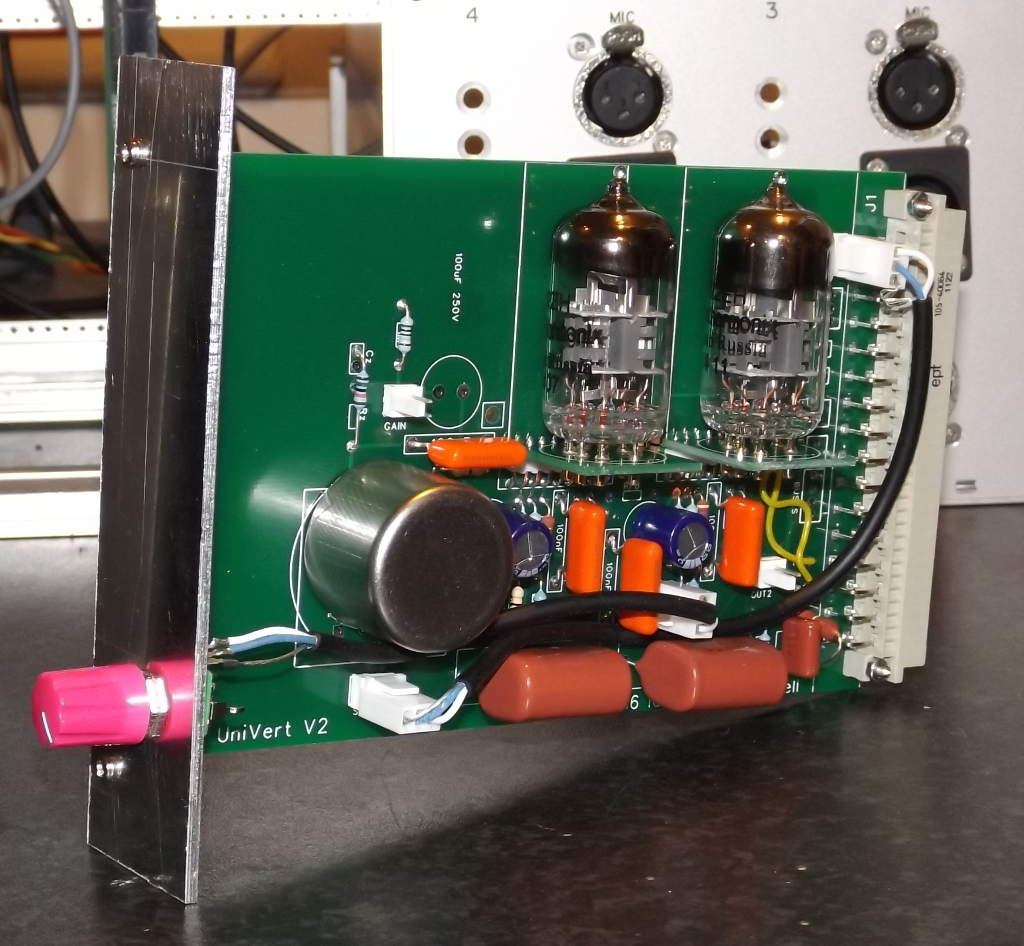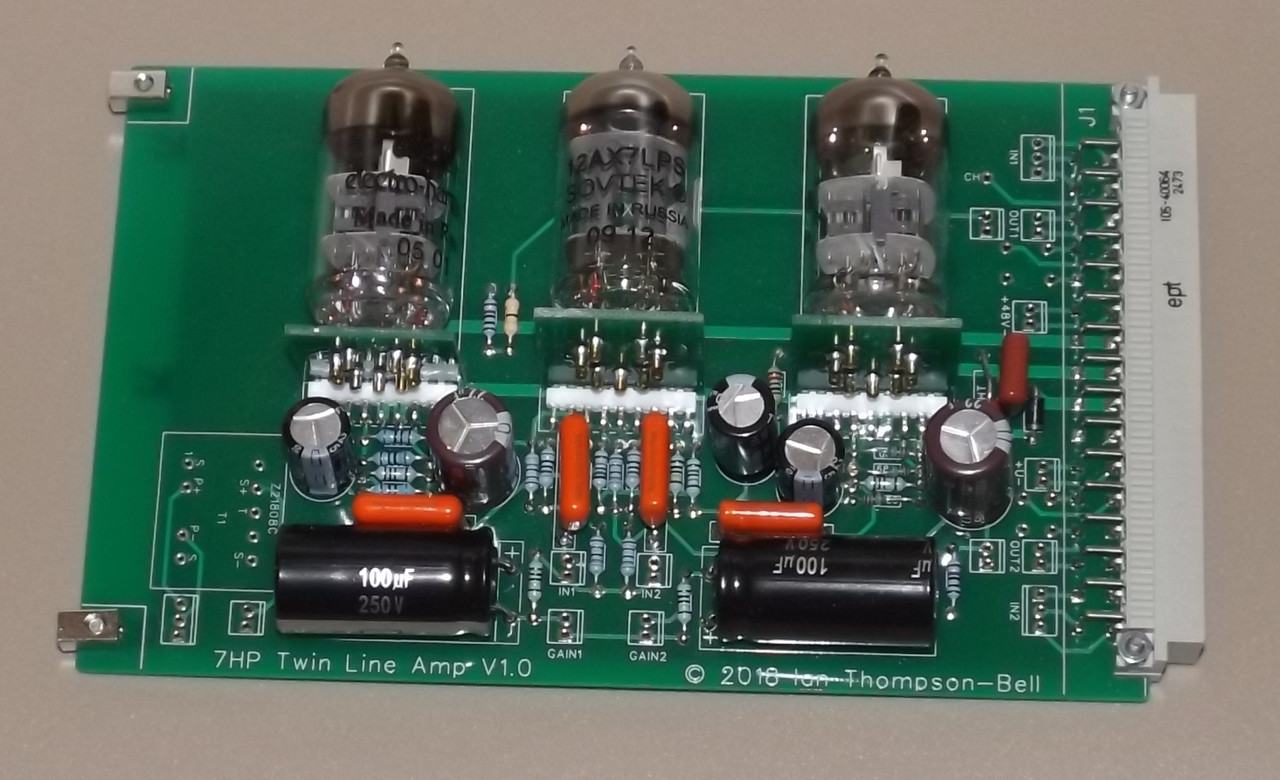Does the modern cad automatically add bend allowances? I had some adventures at Peavey dealing with the difficulty of getting bent metal to agree with the print...
One time I gave up telling, and asked the brake operator what angles he needed to use to make a part that fit.... His bend angles added up to more than 360' and I didn't bother telling him that was impossible. 8)
JR
One time I gave up telling, and asked the brake operator what angles he needed to use to make a part that fit.... His bend angles added up to more than 360' and I didn't bother telling him that was impossible. 8)
JR







